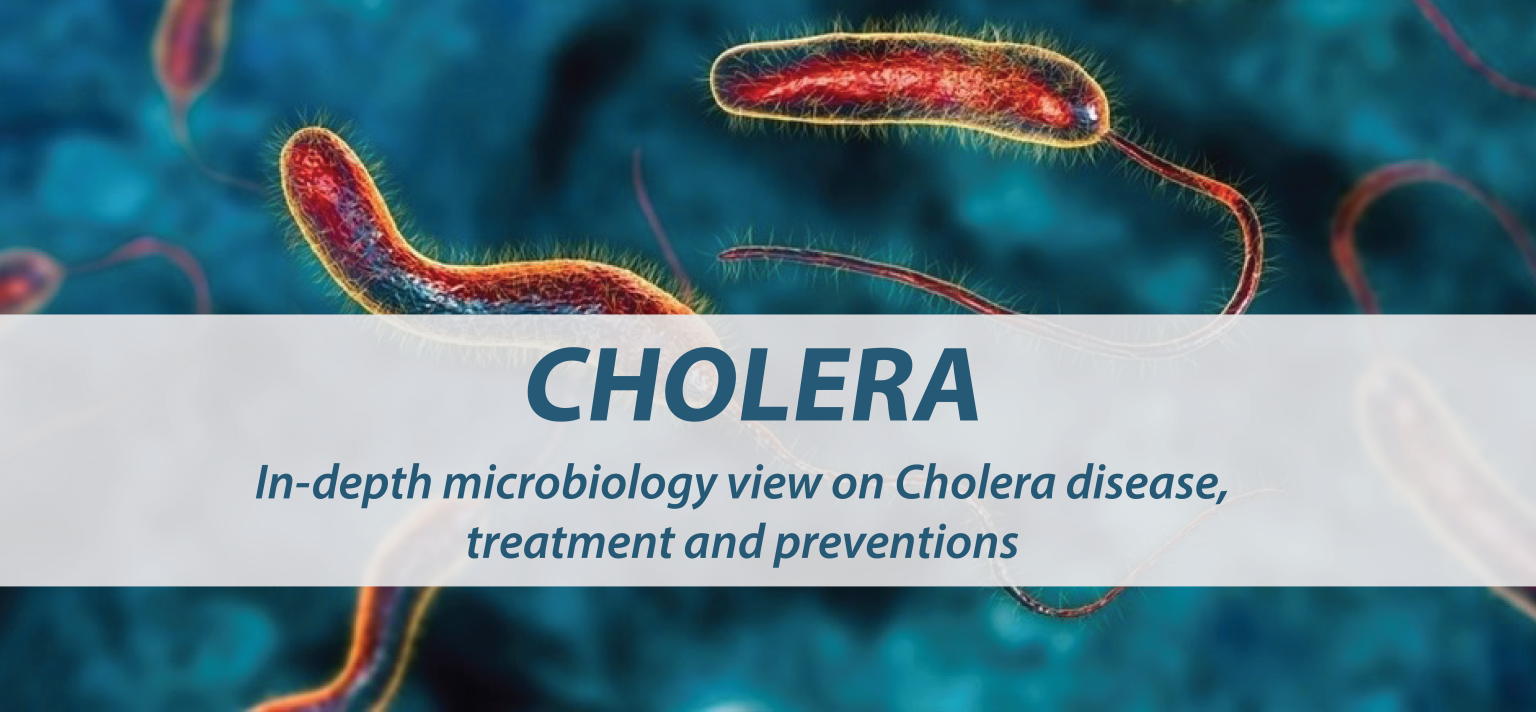
Cholera at a Glance
Cholera is an acute diarrhoea infection caused by the bacterium Vibrio cholerae, a curved, comma-shaped, motile, Gram-negative bacterium that lives in aquatic environments.
This bacterium spreads through contaminated food or water. It leads to severe watery diarrhoea and rapid loss of fluids and electrolytes, which can cause dehydration and even death if left untreated. Cholera is a major public health threat, especially in areas with poor sanitation, limited access to clean water, and overcrowded living conditions due to poverty, war, or natural disasters.
Symptoms & Diagnosis of Cholera
The main symptom of Cholera is extreme diarrhoea and can be accompanied by other symptoms such as vomiting, dehydration and fatigue. There are various menthods to test for Vibrio cholerae and diagnose Cholera. These methods include faecal swab, culturing on TCBS media and rapid immunochromatographic dipstick testing.
Fighting Cholera: Prevention & Intervention Strategies
Combating cholera requires a multifaceted approach that integrates:
- Immediate preventive measures (safe water, hygiene, vaccination).
- Technological innovations (AI, rapid diagnostics, mobile health platforms).
- Long-term strategies (infrastructure improvements, economic development, and community engagement).
Through these efforts, the global burden of Vibrio cholerae can be significantly reduced, ensuring safer and healthier communities worldwide.
Treatments of Cholera
Cholera can be treated however, it is important to intervene quickly due to the nature of the disease as it can quickly result in high levels of dehydration which can be fatal. This is due to the rapid depletion of electrolytes and fluids within the body.
There are a few different ways to treat cholera. These include rehydration therapy and intravenous fluids (for treatment of the general symptoms), antibiotics and phage therapy (for the elimination of Vibrio cholerae bacteria).
Morphology & Virulence of Vibrio Cholerae
The morphology of a bacteria or microorganism refers to the shape, size and external characteristics or structures of the microorganism. Virulence refers to the traits of a microorganism that causes harm to its host. Vibrio cholerae has a few virulence traits that causes infections in the human intestine, leading to Cholera. Although Vibrio Cholerae is a simple microorganism, it is involved in complex systems that contribute to the pathogenic effect.
Impact of Cholera on the community
The socio-economic impact of cholera extends beyond individual health, affecting communities, governments, and healthcare systems. These impacts include (and is not limited to) reduced productivity, healthcare costs, social disruption, mortality-related economic losses, and even declines in tourism.
Cholera infections and outbreaks hinge on social-economic aspects regarding access to clean water, proper sanitation and public health awareness infrastructure and the ability to maintain functionality of these pivotal infrastructure.
